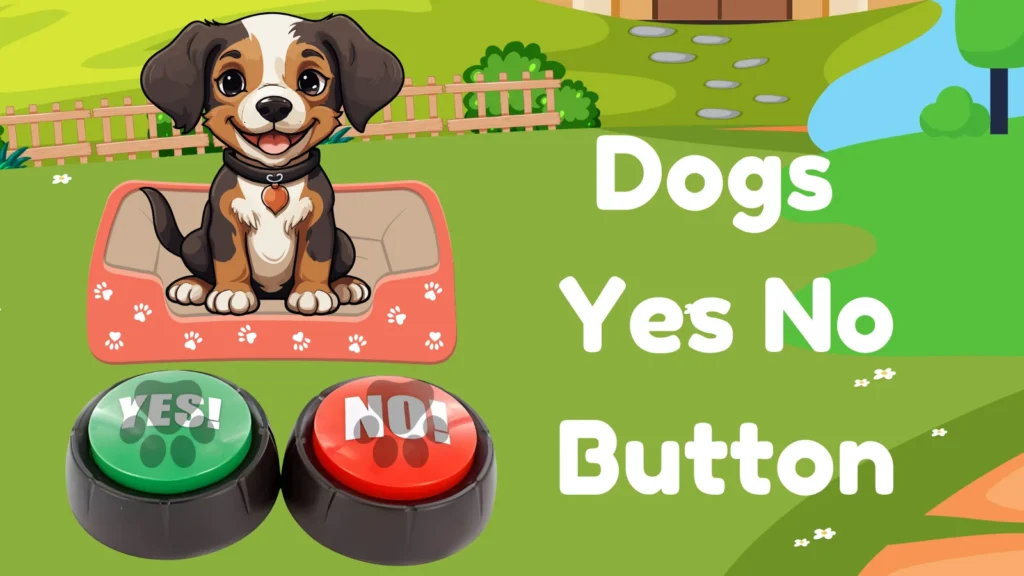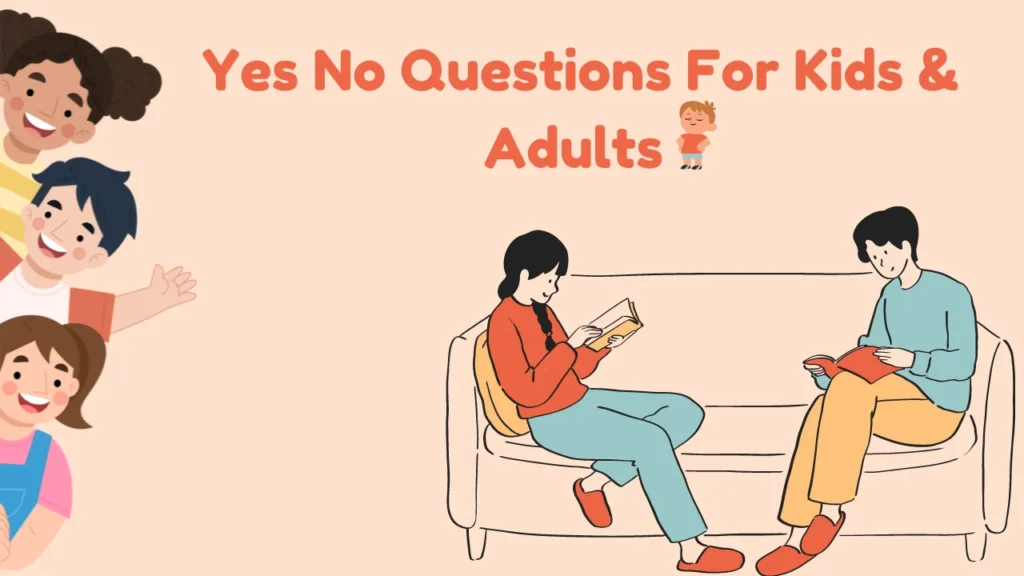Ah, the allure of a simple yes or no. In a world full of complexity, sometimes we just want a straight answer. That’s where yes/no questions in tarot come into play.
As a tarot reader with over a decade of experience I have seen firsthand how these seemingly simple questions can unlock profound insights.
But before we dive in let’s take a moment to consider this: Is the universe really as black and white as yes or no?
Can You Ask Tarot Yes or No Questions?
The short answer? Absolutely.
The long answer? It’s complicated (isn’t it always?).
Tarot cards, with their rich symbolism and nuanced meanings, are inherently designed for open-ended interpretation. Each card is a story, a snapshot of human experience.
So when we try to boil that down to a simple yes or no, we’re inevitably losing some of the depth.
That being said, there’s a certain magic in simplicity. I remember the first time I did a yes/no reading for a client – Sarah was her name.
She was agonizing over whether to take a job offer abroad. The cards gave a resounding “yes,” and two years later, she told me it was the best decision she’d ever made.
But here’s the catch: the yes or no is just the beginning. It’s the doorway that leads to deeper understanding. The real value lies in exploring the “why” behind the yes or no.
How to Ask a Yes/No Question in Tarot?
Now that we’ve established that yes/no questions have their place in tarot, let’s talk about how to ask them effectively. Here are some tips I’ve gathered over years of readings:
- Be specific: Instead of “Will I be happy?”, try “Will accepting this job offer lead to greater satisfaction in my career?”
- Focus on yourself: Questions about others’ feelings or actions are less reliable. Stick to what you can control.
- Avoid asking the same question repeatedly: Trust the first answer you receive.
- Frame questions positively: “Will I succeed in my new business venture?” is better than “Will my business fail?”
- Be open to nuance: Sometimes the answer isn’t a clear yes or no, but something in between.
Remember, the key is to approach the cards with an open mind & heart. They’re here to guide, not to dictate.
Techniques for Conducting Yes/No Tarot Readings
Now, let’s get into the nitty-gritty of how to actually conduct a yes/no reading. There are several methods ou there & I encourage you to experiment to find what resonates with you. Here are a few of my favorites:
- The Single Card Draw
This is the simplest method. Shuffle your deck, focus on your question, and draw a single card. Generally, upright cards are considered a “yes,” while reversed cards are a “no.” But trust your intuition – sometimes a “negative” card upright might still indicate a “no.” - The Three Card Spread
Draw three cards. If two or more are upright, it’s a yes. If two or more are reversed, it’s a no. This method allows for more nuance and can provide additional context. - The Red/Black Method
Assign “yes” to red cards (Wands and Cups) and “no” to black cards (Swords and Pentacles). Draw a card and interpret accordingly. This method works well with playing cards too! - Numerology Approach
Assign odd numbers as “yes” and even numbers as “no.” The Major Arcana can be reduced to single digits (e.g., The Hierophant, V, is 5, so it’s a yes). - Intuitive Reading
This is my personal favorite. Draw a card and simply tune into your intuition. What does your gut tell you? Sometimes, the traditional meaning of the card matters less than the feeling it evokes.
Using a “Should I or Shouldn’t I” Tarot Spread
Sometimes, a simple yes or no doesn’t cut it. That’s where the “Should I or Shouldn’t I” spread comes in handy. This spread is perfect for those times when you’re truly on the fence about a decision.
Here’s how it works:
- Card 1: Represents the “Should I” aspect – the potential benefits or positive outcomes.
- Card 2: Represents the “Shouldn’t I” aspect – potential drawbacks or challenges.
- Card 3: Represents advice or additional factors to consider.
- Card 4: The outcome if you choose to do it.
- Card 5: The outcome if you choose not to do it.
I once used this spread when deciding whether to move to a new city. The “Should I” card was the Ten of Cups – harmony and happiness.
The “Shouldn’t I” was the Five of Pentacles – financial strain. The advice card was the Knight of Wands, suggesting bold action. The “do it” outcome was The Star – hope and renewal. The “don’t do it” outcome was the Four of Cups – stagnation and missed opportunities.
Needless to say, I made the move. It wasn’t easy (that Five of Pentacles was spot on), but it led to incredible growth and new beginnings.
The beauty of this spread is that it doesn’t just give you a yes or no it provides a roadmap for understanding the decision from multiple angles.
Ethical Considerations in Yes/No Tarot Readings
As a tarot reader, it’s not just about flipping cards and giving quick yes or no answers. There is a whole world of responsibility that comes with this practice, especially when dealing with yes/no questions. Let’s dive into some of the ethical stuff we need to think about.
Responsibility of the reader
First off, let’s talk about the responsibility of the reader. Look, when someone comes to you for a reading, they’re often at a crossroads or feeling vulnerable.
They are putting their trust in you and your cards. It’s a big deal, right? So, we’ve got to approach this with care & respect.
As readers, we’re not here to play god or pretend we’ve got all the answers. Our job is to provide insight & guidance, not to make decisions for others.
It’s crucial to remind our querents (that’s fancy tarot-speak for the person getting the reading) that the cards are a tool for reflection, not a magic 8-ball with all the answers.
Empowering querents to make their own decisions
Now, let’s chat about empowering querents to make their own decisions. This is huge, folks. When someone asks a yes/no question, they’re often looking for an easy way out of a tough situation.
But life isn’t that simple, is it? Our role is to help them see the bigger picture.
Instead of just saying “Yes, you should quit your job” or “No, don’t move to a new city,” we should encourage them to explore their feelings and motivations.
Why are they asking this question? What are they hoping for? What are they afraid of? By digging deeper, we help them tap into their own wisdom and intuition.
I like to remind my querents that they’re the experts on their own lives. The cards and I are just here to offer a different perspective. It’s all about empowering them to trust themselves & make choices that align with their values and goals.
Handling sensitive or potentially harmful questions
Lastly, let’s tackle the tricky business of handling sensitive or potentially harmful questions. We’ve all been there – someone asks a question that makes us uncomfortable or raises red flags.
Maybe they’re asking if their partner is cheating, or if they should do something risky or illegal.
In these situations, we need to tread carefully. It’s okay to gently redirect the conversation or even refuse to answer certain questions. Our priority should always be the well-being of our querents and others who might be affected by the reading.
For instance, if someone asks, “Will I win if I gamble my life savings?” it’s probably not a good idea to give a straight yes or no answer.
Instead, we could explore their relationship with money, their motivations for gambling and healthier ways to improve their financial situation.
Remember, as tarot readers, we’re not licensed therapists or legal advisors. If a question ventures into territory that requires professional help, it’s our ethical duty to suggest they seek appropriate support.
At the end of the day, ethical yes/no tarot readings are about balancing our desire to help with the need to respect our querents’ autonomy.
It’s about providing guidance without overstepping boundaries & empowering people to make informed decisions.
So, the next time someone asks you a yes/no question in a tarot reading, take a moment to consider these ethical aspects. Your reading will be all the more valuable and impactful for it.
And who knows? You might just help someone gain the clarity they need to navigate life’s twists & turns with confidence and wisdom.
Common Pitfalls and Misconceptions in Yes/No Tarot Readings
When it comes to Yes/No Tarot readings, even seasoned practitioners can fall into some common traps. Let’s dive into a couple of biggies that trip up many readers.
Overreliance on yes/no questions
First up, there’s the whole overreliance on yes/no questions. Look, I get it. We all want quick, clear-cut answers.
But here’s the thing:
Tarot isn’t a Magic 8 Ball. It’s way more nuanced than that. When we reduce complex situations to simple yes/no queries, we’re missing out on a ton of valuable insights.
I remember this one time, a friend asked me, “Will I get the job?” Instead of a straight yes or no, the cards revealed a journey of self-discovery and growth.
It turned out, the job wasn’t even the real issue – it was about finding her true calling. If we’d stuck to a yes/no format, we’d have totally missed the point.
Misinterpreting ambiguous cards
Now, let’s talk about misinterpreting ambiguous cards. This is a real head-scratcher for many readers. You pull a card like The Hanged Man or The Moon, and you’re left scratching your head. Are these a yes or a no? The truth is, they’re neither – and both.
These cards are trying to tell us something deeper. The Hanged Man might be saying, “Hey, pause and look at things from a different angle.” The Moon could be whispering, “There’s more going on beneath the surface.” Trying to force these cards into a yes/no box is like trying to fit a square peg in a round hole – it just doesn’t work.
I’ve learned the hard way that when you get an ambiguous card in a yes/no reading, it’s time to dig deeper. Ask follow-up questions, pull clarifying cards, or better yet, rephrase the question entirely. Trust me, your readings will be so much richer for it.
So, next time you’re tempted to go for a quick yes/no reading, remember: Tarot’s wisdom is like a fine wine – it’s meant to be savored, not chugged. Take your time, embrace the nuances, and you’ll unlock a whole new level of insight.
Conclusion
The Art of Yes/No Tarot Questions.
As we wrap up this guide, I hope you’ve gained a deeper appreciation for the nuanced art of yes/no questions in tarot.
While they may seem simple on the surface, these questions can be powerful tools for gaining clarity and insight.
Remember, tarot is a mirror that reflects our inner wisdom. Whether you’re pulling a single card for a quick yes/no or diving into a more complex spread, the most important factor is your intention and openness to guidance.
So the next time you’re faced with a crossroads, big or small, why not turn to the cards? You might be surprised at the clarity a simple yes or no can bring.
And who knows? Like my client Sarah you might find yourself embarking on an adventure that changes your life.
Happy reading, If You Want To Get Simple Yes or No Answers For Your Complex Questions Here is a Simple tool “Yes No Button” That Can Help You With That
Reference: Quora.com


